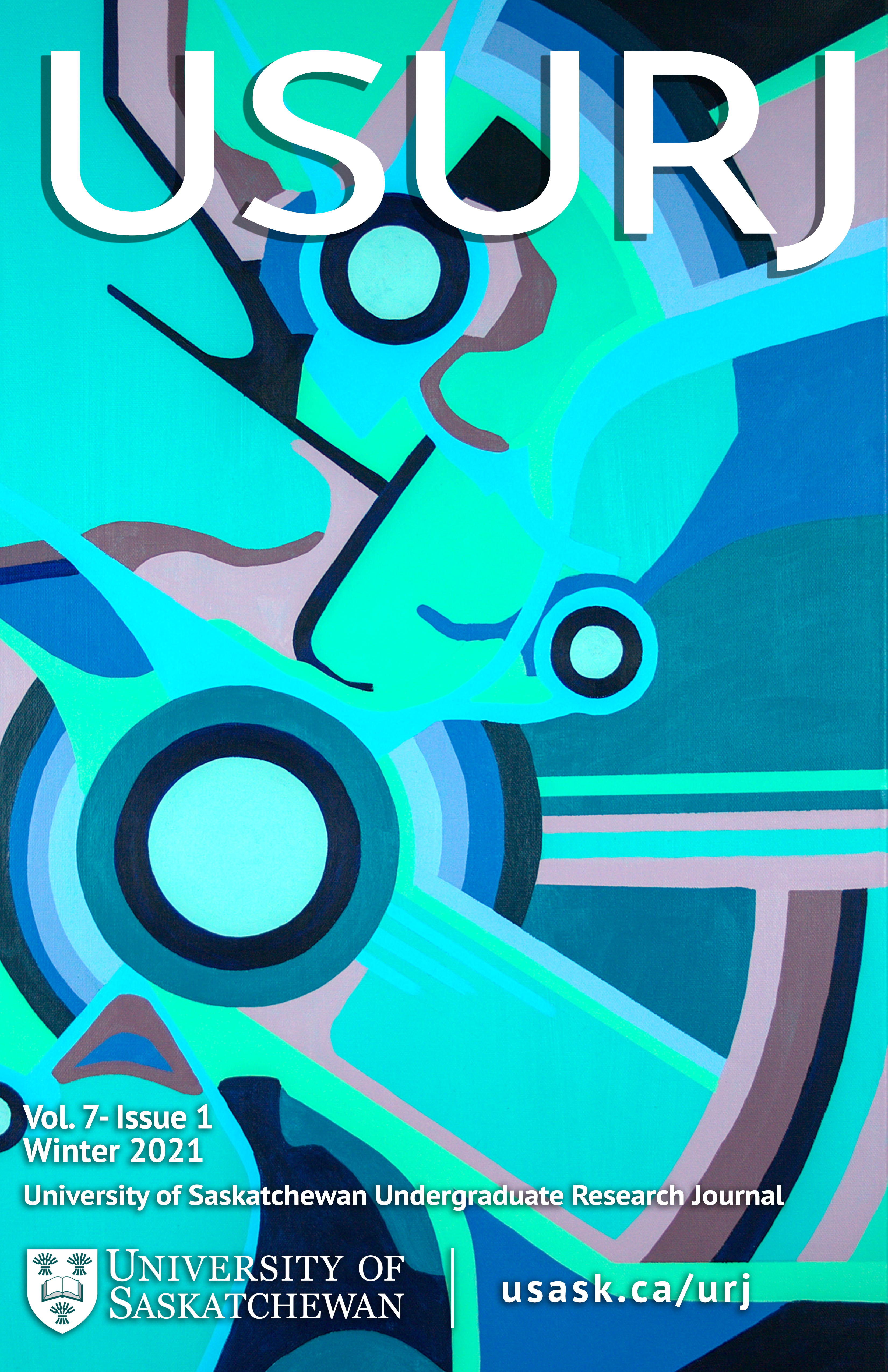The Historic and Contemporary Permanence of the Doctrine of Discovery in Canada
Main Article Content
Abstract
In the Truth and Reconciliation’s Final Report, four of the 94 calls to action referred to the repudiation of concepts which have justified claims of European sovereignty while implicitly refuting claims that dismiss the legitimacy of Indigenous land ownership prior to European contact. This paper demonstrates how the concepts of terra nullius and the Doctrine of Discovery have prevented the recognition and affirmation of Indigenous peoples’ sovereignty in Canada historically and presently. This article will first introduce the concepts of the Doctrine of Discovery and terra nullius as religious constructs and demonstrate how these concepts became integrated into the colonial mentality of European countries by drawing from Andrew Crosby and Jeffery Monaghan’s concept of “settler governmentality.” These two concepts, in particular, justified the false pretensions of European countries to assume they could occupy, ‘discover’ and take the land from Indigenous peoples. By acknowledging Indigenous sovereignty is inherently connected to their relationship with the land, this article will conclude by analyzing the work of contemporary academics and reports that argue Indigenous laws cannot be adequately acknowledged under the current Canadian legislation.
Downloads
Article Details
Section
Articles: USURJ’s current Publication Agreements apply a Creative Commons Attribution-NonCommercial License (CC-BY-NC) by default. The CC BY-NC license lets others remix, tweak, and build upon work non-commercially. The author(s) can choose a different CC license, as outlined in https://creativecommons.org/about/cclicenses/. Please see the PDF for each article to determine what license is applied to that article. Author(s) can also request to reserve all copyright (All Rights Reserved). If there is no indication for articles published before September 2020, assume the author retains all rights beyond those necessary for publication by USURJ. All articles published after September 2020 will apply one of the aforementioned CC licenses. See the Publication Agreement under the Submission Preparation Checklist or Author Guidelines for more information. Artwork: All copyright for the original artwork remains with the artist unless they wish to apply a Creative Commons (CC) license to the artwork. Please see the PDF for each artwork to determine what license is applied to that artwork.
